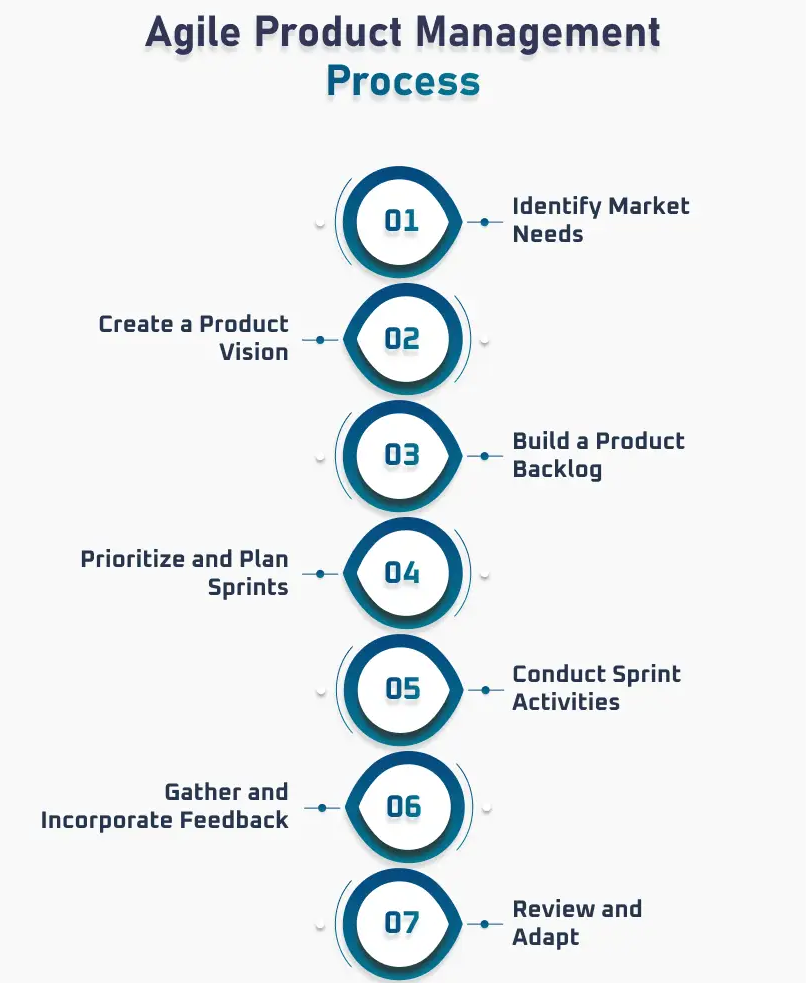Agile Product Management
What is Agile Product Management?
Agile Product Management is a flexible approach to defining and guiding the development of a product. Instead of rigid long-term plans, it focuses on short-term goals and continuous improvement. This method allows teams to adapt quickly to changes and deliver value to customers more efficiently. Think of it as steering a ship: you have a destination in mind, but you're ready to adjust your course as needed.

Benefits of Agile Product Management
Agile Product Management offers several advantages:
- Customer-Centric Approach: By continuously gathering and incorporating customer feedback, products evolve to better meet user needs.
- Incremental Delivery: Features are released in small, manageable increments, allowing for quicker value delivery and easier adjustments.
- Enhanced Collaboration: Regular communication between cross-functional teams fosters a shared understanding and collective ownership of the product.
- Adaptability: The flexible nature of Agile allows teams to respond promptly to changing market conditions or customer requirements.
Agile Product Management Practices
Implementing Agile Product Management involves several key practices:
- Prioritizing Features: Continuously assess and rank features based on customer value and business goals.
- Maintaining a Product Backlog: Keep an organized list of tasks, features, and fixes that need to be addressed.
- Defining User Stories: Create clear, concise descriptions of functionalities from the user's perspective to guide development.
- Collaborative Planning: Work closely with engineering and other teams to estimate effort and plan releases based on capacity.
Roles and Responsibilities in Agile Product Management
In an Agile environment, several roles contribute to product success:
- Product Manager: Sets the product vision, prioritizes the backlog, and ensures alignment with business objectives.
- Scrum Master: Facilitates Agile processes, removes impediments, and supports the team in following Agile principles.
- Development Team: Designs, develops, and tests the product, collaborating closely with the Product Manager and Scrum Master.
- Stakeholders: Provide input, feedback, and requirements, ensuring the product meets user and business needs.
Agile Product Management Tools
Several tools support Agile Product Management practices:
- Aha! Roadmaps: Helps in setting product strategy and creating visual roadmaps.
- Jira: Facilitates issue tracking, sprint planning, and progress monitoring.
- Trello: Offers a simple, visual way to manage tasks and workflows.
- Confluence: Provides a space for documentation, collaboration, and knowledge sharing.
